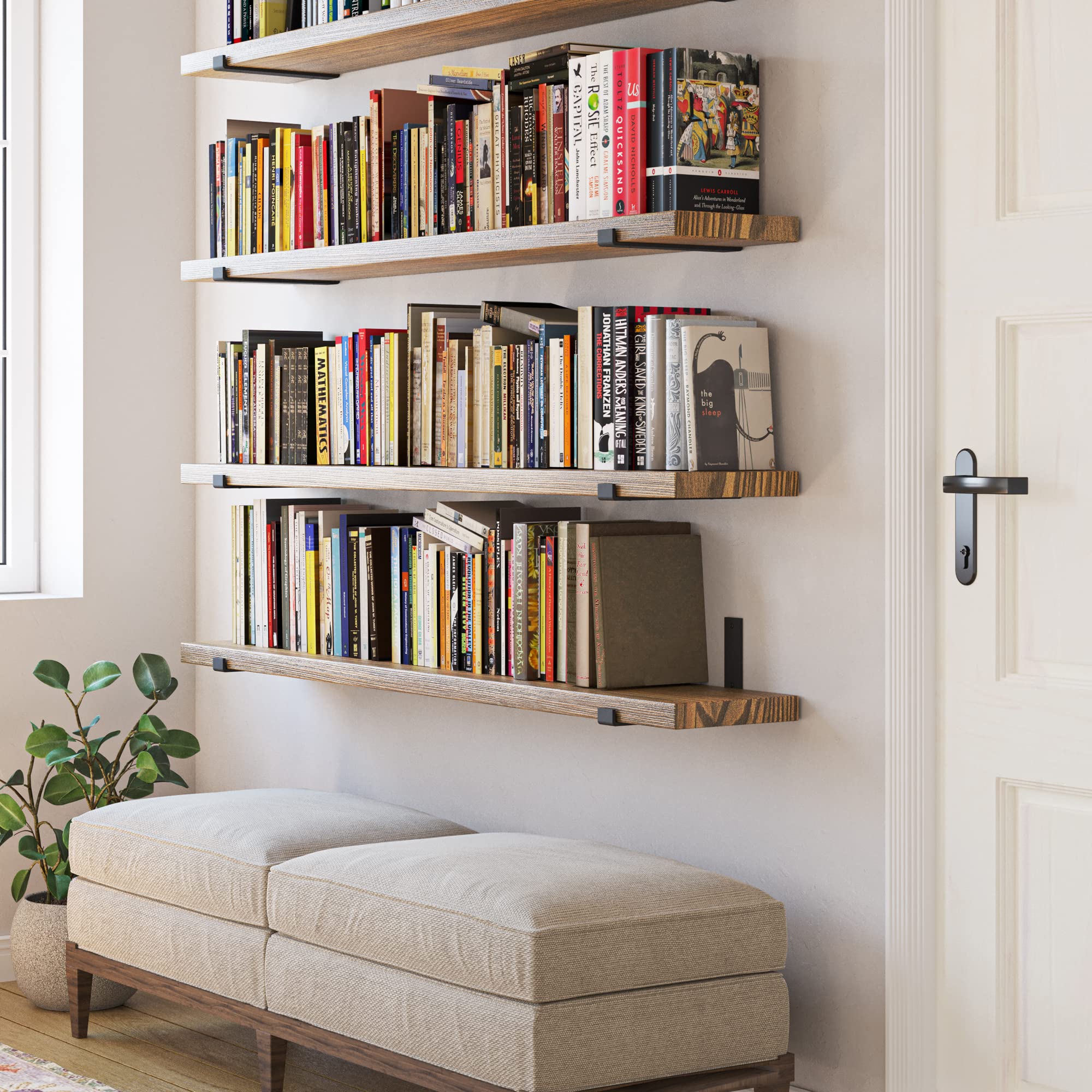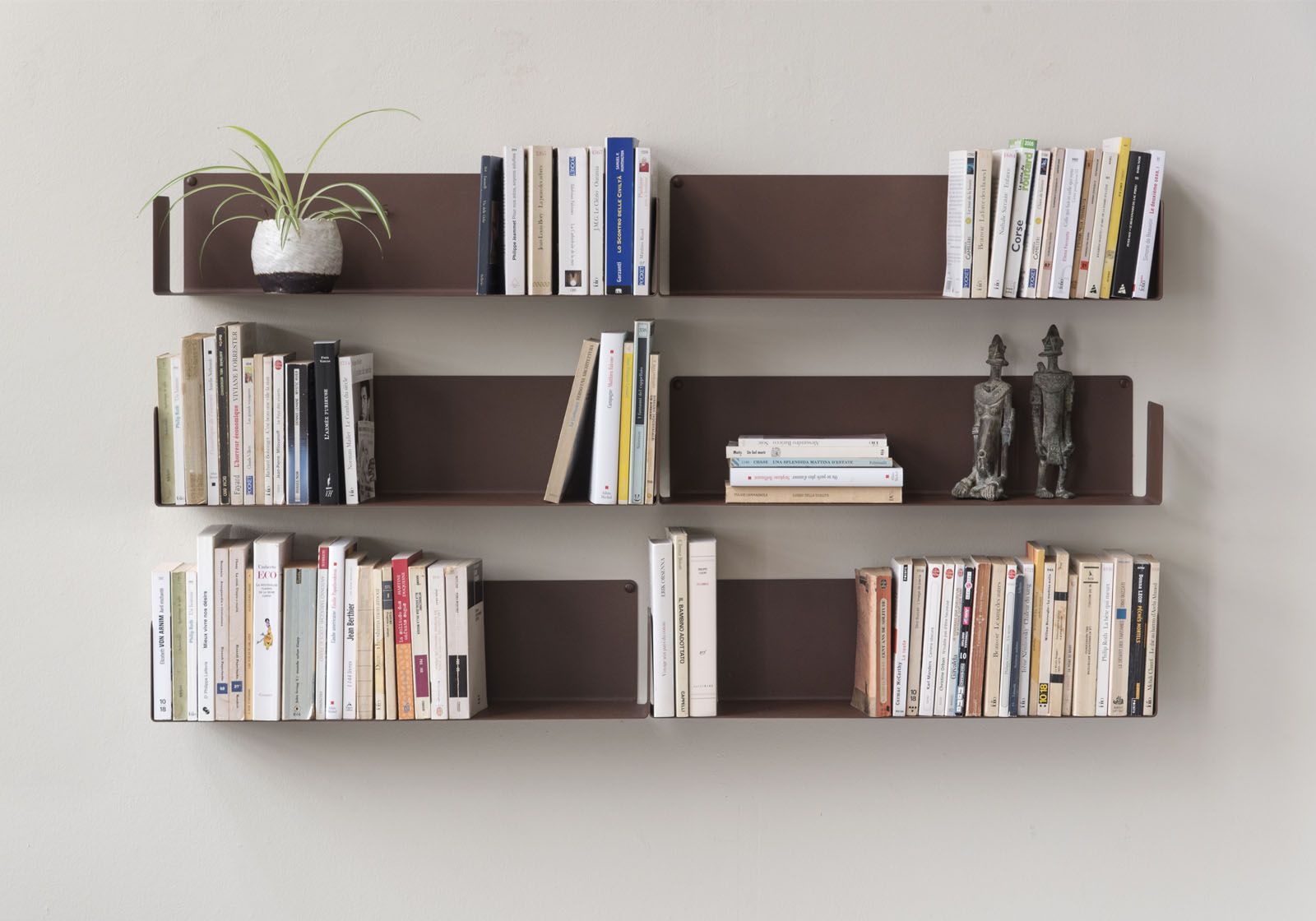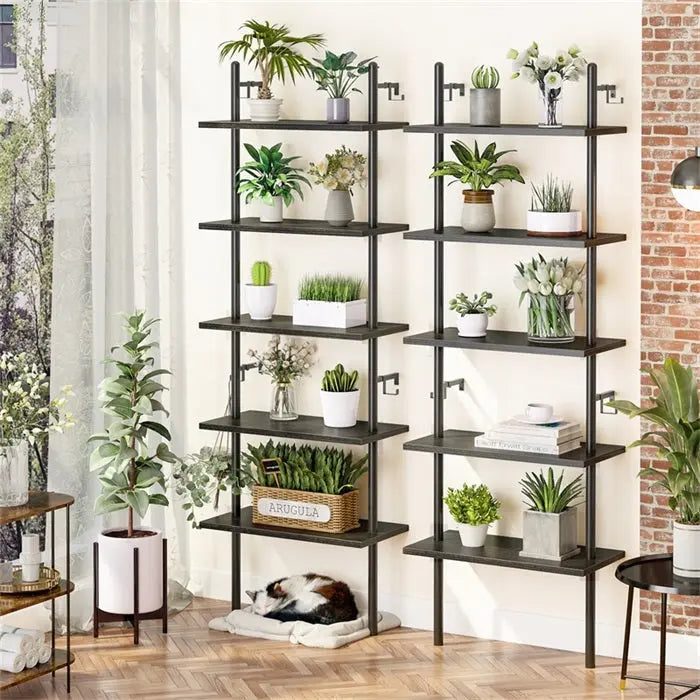Introduction
Bookshelves are a staple in many homes, providing storage and display space for books, decor, and other items. However, if not properly secured, bookshelves can pose a safety risk, especially in households with children or in earthquake-prone areas. In this guide, we’ll discuss the importance of securing bookshelves to the wall and provide step-by-step instructions on how to do so effectively to prevent accidents and injuries.

Understanding the Importance of Securing Bookshelves
Before delving into the process of securing a bookshelf to the wall, it’s essential to understand why this precaution is necessary. Unsecured bookshelves can tip over easily, especially if they’re top-heavy or if children attempt to climb on them. This can result in serious injuries, such as concussions, fractures, or even suffocation if the bookshelf falls on someone. Additionally, in regions prone to earthquakes, unsecured bookshelves can become dangerous projectiles, causing damage to property and posing a threat to occupants.
Assessing the Bookshelf and Wall
The first step in securing a bookshelf to the wall is to assess both the bookshelf and the wall to determine the best method for installation. Examine the construction of the bookshelf to identify any existing anchoring points or pre-drilled holes for securing it to the wall. Next, assess the type of wall material (e.g., drywall, plaster, concrete) and locate the studs or wall anchors that will provide the strongest support for anchoring the bookshelf.

Gathering the Necessary Tools and Materials
To secure a bookshelf to the wall, you’ll need a few basic tools and materials:
- Power drill
- Screws appropriate for your wall type (e.g., wood screws for studs, drywall anchors for drywall)
- Level
- Pencil
- Stud finder (if applicable)
- Wall anchors (if necessary)
Make sure you have all the necessary tools and materials on hand before beginning the installation process to ensure a smooth and efficient operation.
Securing the Bookshelf to the Wall
- Locate Studs or Wall Anchors: Use a stud finder or tap along the wall to locate the studs behind the drywall. Alternatively, if you’re unable to find studs, use wall anchors designed for your wall type to provide additional support.
- Mark Drill Holes: Once you’ve located the studs or determined the placement of wall anchors, use a pencil to mark the drill holes on the back of the bookshelf. Ensure that the holes align with the studs or wall anchors for optimal stability.
- Pre-Drill Holes: Using a power drill with an appropriate drill bit, pre-drill holes into the back of the bookshelf at the marked locations. Be sure to drill to the appropriate depth to accommodate the length of the screws or wall anchors.
- Attach Bookshelf to Wall: With the help of a friend or family member, hold the bookshelf in position against the wall, ensuring that it is level. Insert screws through the pre-drilled holes in the bookshelf and into the studs or wall anchors, using a power drill to secure them firmly in place.

- Test Stability: Once the bookshelf is securely attached to the wall, gently push and pull on it to test its stability. It should feel sturdy and not wobble or sway. If necessary, tighten screws or adjust the placement of wall anchors to ensure a secure fit.
- Add Anti-Tip Devices (Optional): For added safety, consider installing anti-tip devices on the bookshelf to prevent it from tipping over. These devices typically consist of brackets or straps that attach to the back of the bookshelf and anchor it to the wall.
Regular Maintenance and Inspection
After securing the bookshelf to the wall, it’s essential to perform regular maintenance and inspection to ensure its continued safety and stability. Periodically check the screws or wall anchors to make sure they haven’t loosened over time and tighten them if necessary. Additionally, inspect the bookshelf for any signs of damage or wear, such as loose joints or warped wood, and repair or replace as needed.
Additional Safety Measures
In addition to securing the bookshelf to the wall, there are other safety measures you can implement to further reduce the risk of accidents and injuries:
- Avoid Overloading Shelves: Be mindful of the weight capacity of your bookshelf and avoid overloading shelves with heavy items. Distribute weight evenly across the shelves and avoid placing large, heavy objects on upper shelves where they could cause the bookshelf to become top-heavy.
- Anchor Furniture Throughout the Home: Bookshelves are not the only furniture pieces that pose a tipping hazard. Anchor other top-heavy furniture items such as dressers, cabinets, and televisions to the wall to prevent them from tipping over, especially in households with young children.
- Educate Children about Furniture Safety: Teach children about the importance of not climbing on or playing near furniture, including bookshelves. Explain the dangers of tipping furniture and the importance of using furniture for its intended purpose.
- Supervise Children Around Furniture: Supervise young children closely when they are in rooms with furniture that could pose a tipping hazard. Keep an eye on them to ensure they don’t climb on or pull themselves up using furniture.
- Use Furniture Straps: Consider using furniture straps or anti-tip devices on other top-heavy furniture items in your home, not just bookshelves. These devices can provide an extra layer of security and help prevent accidents.

Emergency Preparedness
Despite taking precautions to secure bookshelves and other furniture, accidents can still happen. It’s essential to be prepared for emergencies and know what to do in the event of a furniture-related accident:
- Emergency Contact Information: Keep emergency contact information readily accessible, including the phone number for emergency services (such as 911 in the United States) and the poison control center hotline.
- First Aid Kit: Keep a well-stocked first aid kit in your home, including supplies such as bandages, antiseptic ointment, and pain relievers. Be prepared to administer basic first aid in the event of minor injuries.
- Emergency Evacuation Plan: Have an emergency evacuation plan in place for your home, including designated meeting spots outside and escape routes in case of fire or other emergencies.
- Practice Emergency Drills: Regularly practice emergency drills with your family, including scenarios involving furniture-related accidents. Make sure everyone knows what to do and where to go in the event of an emergency.
- Stay Informed: Stay informed about product recalls and safety alerts related to furniture and other household items. Sign up for email alerts from organizations such as the Consumer Product Safety Commission (CPSC) to receive notifications about recalls and safety concerns.

Conclusion
Securing a bookshelf to the wall is a simple yet crucial step in ensuring the safety of your home, especially in households with children or in earthquake-prone areas. By following the steps outlined in this guide and using the appropriate tools and materials, you can effectively anchor your bookshelf to the wall and prevent accidents and injuries. Remember to regularly inspect and maintain the stability of the bookshelf to keep it safe and secure for years to come. With safety as the top priority, you can enjoy the functionality and convenience of your bookshelf with peace of mind.

